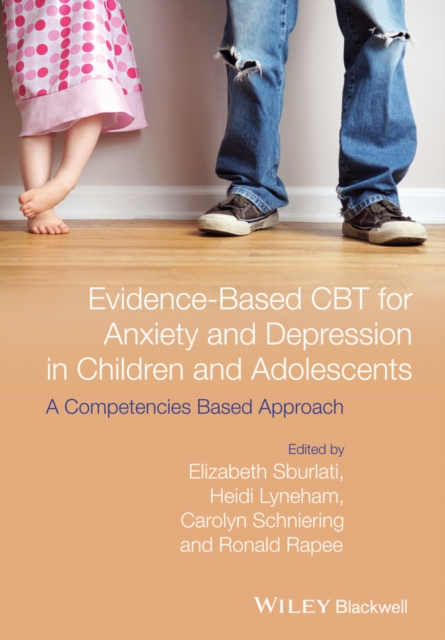
Evidence-Based CBT for Anxiety and Depression in Children and Adolescents : A Competencies Based Approach PDF
by Elizabeth S. Sburlati, Heidi J. Lyneham, Carolyn A. Schniering, Ronald M. Rapee
Description
Evidence-Based CBT for Anxiety and Depression in Children and Adolescents
This should be on the bookshelf of everyone treating anxious and depressed children and adolescents. A cornucopia of theory and clinical good sense alike. I will be making sure that my trainees read it cover to cover.
Dr Samantha Cartwright-Hatton, Senior Clinical Research Fellow in Psychology, University of Sussex
This is the first book to offer an explicitly competencies-based approach to the cognitive behavioral treatment of anxiety and depression in children and adolescents. Within it, an outstanding and influential set of experts in the field describe a comprehensive model of therapist competencies required for empirically supported cognitive behavioral treatment. They explore each of these competencies in great detail, and highlight effective ways of training them. As a result, the book not only supports the training, development, and assessment of competent clinicians who are implementing CBT, it is also invaluable for clinicians who wish to gain an understanding of the competencies they need to acquire or improve, and offers guidelines for how to achieve these, providing a benchmark against which they can assess themselves. Evidence-Based CBT for Anxiety and Depression in Children and Adolescents works to improve the quality of therapists working in this area, and, as a result, the quality of treatment that many young people receive.
Information
-
Download - Immediately Available
- Format:PDF
- Publisher:Wiley
- Publication Date:07/04/2014
- Category:
- ISBN:9781118469224
Other Formats
- EPUB from £33.96
Information
-
Download - Immediately Available
- Format:PDF
- Publisher:Wiley
- Publication Date:07/04/2014
- Category:
- ISBN:9781118469224






